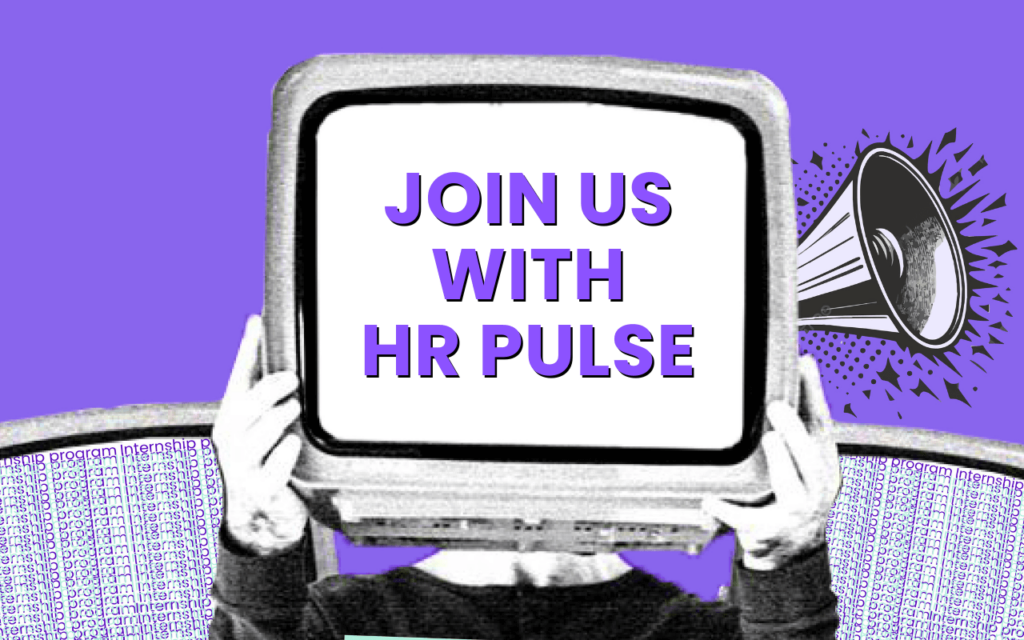Life insurance is a type of employee benefit that provides financial protection to an employee’s designated beneficiaries in the event of the employee’s death. It is often included as part of an organization’s group benefits package and can help employees secure peace of mind knowing their loved ones will receive financial support.
Employers may offer basic life insurance coverage at no cost to the employee, with the option to purchase additional (voluntary) coverage through payroll deductions.
How Life Insurance Works in the Workplace
Under a typical group life insurance policy, the employer pays the premiums for basic coverage, which often equals one or two times the employee’s annual salary. The employee can usually name one or more beneficiaries, individuals who would receive the benefit payout in the event of their death.
Some companies also allow employees to opt into supplemental life insurance, increasing the coverage amount for an additional cost.
Types of Life Insurance Offered by Employers
- Basic Group Life Insurance. Employer-paid coverage, often equal to a fixed amount or a multiple of salary.
- Voluntary or Supplemental Life Insurance. Optional, employee-paid coverage that can be increased based on personal needs.
- Dependent Life Insurance. Covers eligible family members (e.g., spouse or children) in the event of their death.
- Accidental Death & Dismemberment (AD&D). Provides additional benefits if the employee dies or becomes seriously injured in an accident.
Employer Responsibilities
- Provide clear communication about available coverage and eligibility
- Offer enrollment periods and assistance with beneficiary designation
- Ensure timely deductions and premium payments if coverage is employee-paid
- Comply with applicable laws, such as IRS regulations on imputed income for coverage over certain thresholds
- Handle claims processing in collaboration with the insurance provider
Employee Responsibilities
- Enroll during open enrollment or after qualifying life events
- Designate and regularly update beneficiaries
- Understand the coverage limits and options
- Decide whether to purchase supplemental or dependent coverage
- Notify HR of life changes (e.g., marriage, divorce, birth) that may affect coverage or beneficiaries
Frequently Asked Questions (FAQs)
Is employer-provided life insurance taxable? Basic life insurance coverage up to $50,000 is generally tax-free for the employee. Coverage exceeding this amount may be subject to imputed income, meaning the value of the benefit is treated as taxable income.
Can life insurance be continued after leaving the company? In many cases, employees may have the option to convert their group policy to an individual policy or port the coverage, allowing them to continue it independently. This typically must be done within a set timeframe after employment ends.
What’s the difference between life insurance and AD&D? While both provide financial benefits in the event of death, life insurance covers death from any cause, whereas AD&D insurance only pays out if death or injury results from a covered accident.
Best Practices for Employers
- Include life insurance as part of a competitive employee benefits package
- Educate employees on their options and the value of coverage
- Offer flexible plans with the ability to scale coverage to meet diverse needs
- Review provider partnerships periodically to ensure optimal coverage and pricing
Life insurance is a foundational element of financial well-being for employees. By offering this benefit, employers can demonstrate care for their workforce’s families and contribute to long-term security and peace of mind.







